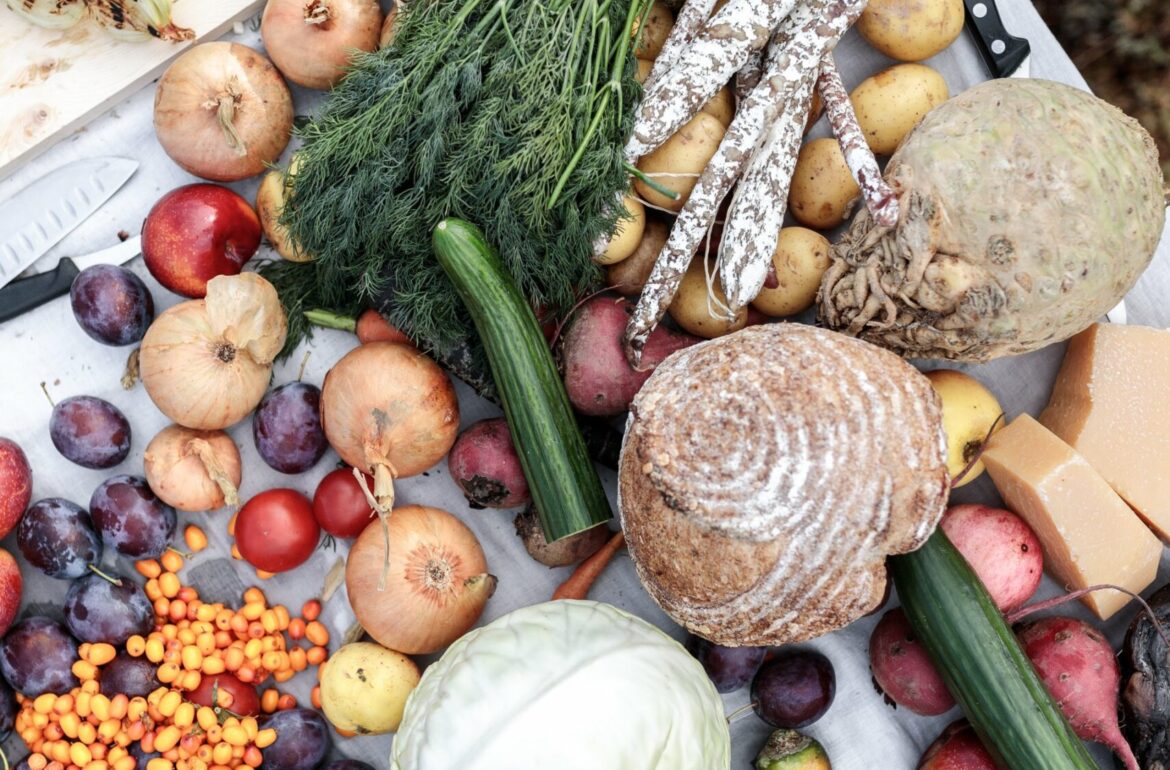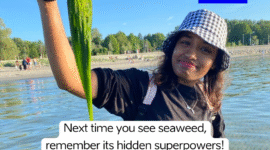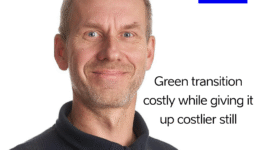Europeans throw away over 88 million tons of food every year. A new Estonian project wants every gram of it to be used to manufacture bioplastics and eco-friendly cosmetics
Would anyone pay to wear a perfume made of food that has been thrown away? Yes, plenty, according to État libre d’Orange of Paris: Its latest perfume called “I Am Trash: Les Fleurs du Dechet” (The Flowers of Waste) started selling in 2018 at a hefty €135 per bottle and is made from fruit and cereal residues from alcohol manufacturing.
But why should the world of eco-friendly cosmetics be limited to the swanky fashion boutiques of Paris?
A new Estonian research project, Food (By)Products Valorisation Technologies (Valortech), wants to use science to find the best ways to make green cosmetics, bioplastics, designer foods for humans and livestock feed from food waste.
Rajeev Bhat, the lead researcher of the project hosted by the Estonian University of Life Sciences and funded by the European Commission’s programme Horizon 2020, and his team of scientists are exploring how to minimise waste in farms and in the broader food industry. “We try to apply minimal processing technologies with an eco-friendly approach for maximum retention of quality,” and to extract value from the waste, he says.
Born in India, where he got a PhD in food sustainability, Bhat has over 20 years of global research experience in the field. After his studies, Bhat went to South Korea to work in food toxicology. Later on, he spent nearly a decade in Malaysia working on sustainable food production and agri-food waste, after which he spent three years in the Fijian Islands working on food security and sustainability. Based on his experience, Bhat believes a multidisciplinary approach is needed to minimise food waste.
Read the full article by Florin Zubașcu in Science|Business.
The publication of this article was funded by the European Regional Development Fund through Estonian Research Council.
Photo by: Renee Altrov
 Back
Back



